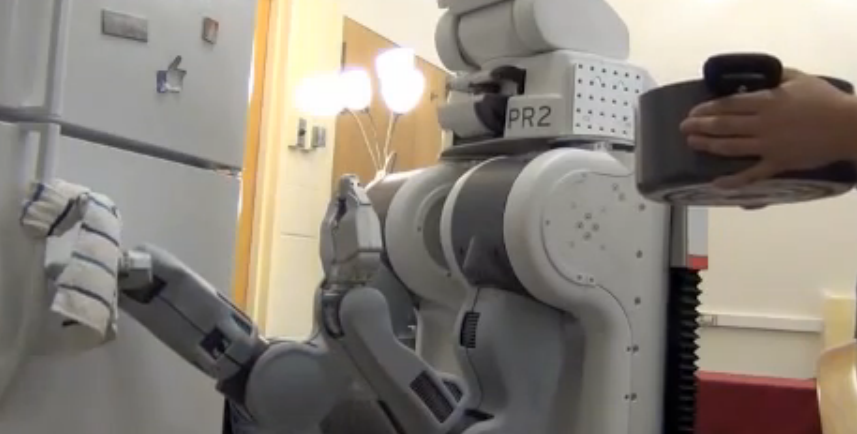hernandez01/ Por Andrés Pascual
Todas las generaciones nacidas bajo el castrismo han sufrido el efecto de esa tiranía desalmada y represora, sin embargo, ninguna fue tan maltratada como la que creció y se hizo adolescente durante la época que el mundo occidental llama “década prodigiosa”.
Mirando atrás, aquella juventud prometía más que todas las posteriores hasta hoy, porque nacieron durante los 50’s, mayormente a principios, que significa que alcanzaron la última etapa de educación formal en escuelas privadas o públicas, que la prepararía como “cubanos reyoyos”, capaces de enfrentar con éxito los avatares de la vida.
Yo pertenezco a aquella generación, que vimos al Llanero Solitario por televisión y escuchábamos a Jackie el Pecoso, a Leonardo Moncada o a los últimos Villalobos (Rolandito Barral, Salvador Levi y Jorge Félix), que podíamos ver en matiné 4 o 5 películas más cine-revista, muñequitos, avances, un clip de Garrido y Piñero incluso el noticiero, que Roberto Ortiz en persona le ofrecía un vaso de malta Hatuey en la escuela y que podían comprar en cualquier tienda 25 “papelitos de colores” para trabajo escolar por un medio o el último cómic de Red Ryder y Castorcito.
Esos detallitos, aparentemente insignificantes, hacen la diferencia con las que solo conocieron y les impusieron el mensaje comunista.
Pero mi generación vio y sufrió el nacimiento del espantoso experimento anti-cubano a través de la horda en las calles pidiendo paredón, en los cuarteles golpeando a ex militares como tortura inicial, muchos de los cuales no eran culpables de nada y aún soporta saber que aquella gente sin moral o visitan EUA o viven aquí como vecinos de sus víctimas.
Vimos nacer las Milicias, el CDR, la Federación de Mujeres Cubanas, la UJC, que evolucionó desde AJR (Asociación de Jóvenes Rebeldes, que le “aportó” al G-2 una más que generosa cantidad de genízaros y sicarios), cuyo objetivo inicial para desviar la atención fue sustituir con obligación-imposición revolucionaria el “concepto del enemigo imperialista boy scout”.
Sufrimos represalias por mantener el respeto hacia maestras normalistas que expulsaron de las aulas porque se negaron a ponerse el uniforme de milicianas.
Inauguramos la política de “escuela al campo” por una semana o quince días, pero no conocimos el de la “escuela en el campo”, verdaderos antros de corrupción o “fábricas iniciales de hombres nuevos”, al que accedían a regañadientes los padres para poder “alargar” la cuota racionada de comida.
No vivimos la era de desobediencia absoluta, como no informar a dónde iríamos esa noche ni la llegada al día siguiente sin dar explicaciones, pero llamábamos “señor, señora” a los mayores o desconocidos y le dábamos a una mujer el asiento que ocupábamos en un ómnibus y pedíamos permiso para pasar.
Tampoco practicábamos el amor libérrimo ni las fiestas con sexo, bebida y droga que estilan hoy por la pérdida de todos los valores sociales, objetivo cumplido de la tiranía, sino que íbamos a una fiesta de quince años de una joven conocida y nos comportábamos con el más absoluto respeto hacia todos.
Vimos el inicio de la degeneración del tronco familiar por oportunismo para que “mi hijo pueda estudiar” o para mantener un trabajo a veces indecoroso.
Mi generación se frustró en medio del “apartheid” natural a que obligaba la diferencia de opinión desde el hogar: los hijos de revolucionarios que rechazaban a los hijos de desafectos o gusanos y estos a su vez consumiéndose en una coraza defensiva contra la fuerza del mal, que tenía como objetivo separar, dividir para identificar al enemigo, neutralizarlo y liquidarlo criminalmente: los buenos, ellos; los malos, el resto
Conocimos de sanciones carcelarias enormes, por circunstancias políticas, a jóvenes que apreciábamos, o del fusilamientos de gente decente y honrada por la más despreciable lacra que produjera Cuba, que “salieron del closet” cuando se identificaron con esas bestias por el alto grado de envidia y bajas pasiones que los consumía en silencio hasta 1959.
Todo eso influyó muchísimo en los problemas que nos generaron conductas disfuncionales y bajo rendimiento académico por diversión y maltrato sicosocial.
Mi generación no vivió la niñez ni la adolescencia, se perdió de los estadios obligados del desarrollo natural entre lemas y compromisos impuestos por quienes nunca han tenido el mínimo interés en formar ciudadanos, sino máquinas para manejarlas de acuerdo a sus intereses.
Vivimos la implantación de la libreta “como salvación de la revolución”, que en el fondo significó el asesinato del alma cubana, porque, al racionar la comida, obligaba al padre a desviar la atención del compromiso patriótico y cercenaba la necesidad de unirse y luchar contra el monstruoso crimen convertido en gobierno, cambiándola a obligación en la búsqueda del sustento diario.
Vivimos el gulap UMAP, prisión política de carácter especial contra la juventud cuya familia no era castrista o eran afectados por el robo de la propiedad comercial personal, que encubrieron en medidas de saneamiento social, preferentemente contra los homosexuales.
Toda mi generación ha quedado con heridas que nunca se han podido curar: el paso del tiempo las ha mantenido abiertas por los diferentes acontecimientos crueles que han ido apareciendo en el camino.
La foto que ilustra este material es de una fiesta de 15 años de mediados de los 60’s en San Cristóbal, de la señorita Guillermina Pérez, tercera de izquierda a derecha, bella aún en su madurez, como su hermana Inés (segunda en el orden), decentes, de buena familia, como todos esos jóvenes tan bien vestidos como atractivos, acaso ese sea el recuerdo, el último, de lo que fue Cuba, a través de una generación a la que convirtieron en sándwich, que prometía mucho más de lo que la condenó el castro-comunismo.















